Food Safety - Listeria
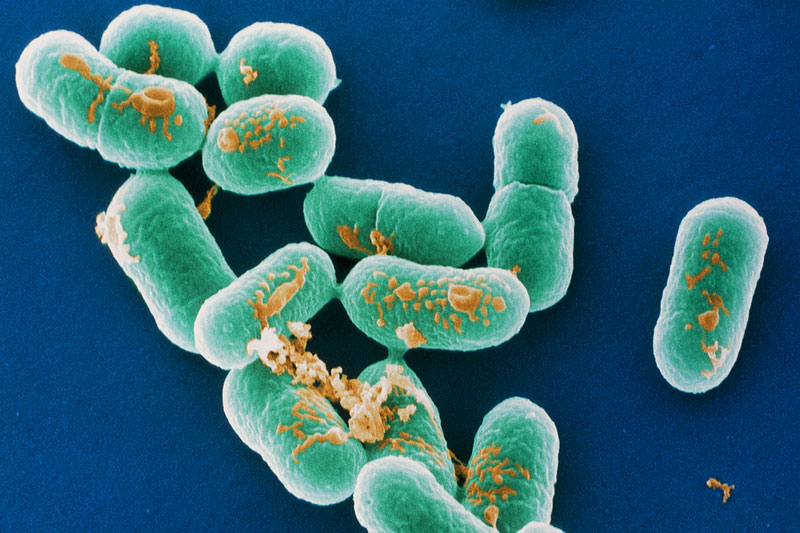
Food Safety
Listeria
Testing for Listeria in food.
There is a growing demand for ready to eat foods and these are minimally processed to preserve its taste. These mild treatments may not kill all microorganism and their numbers are suppressed by refrigeration. The growth of psychotropic bacteria like Listeria is a growing concern in these foods. The pathogenic strain of Listeria, L monocytogenes, has been found in many RTE food products like milk, cheese, vegetables, fruits including cantaloupe, ice creams, meat, seafood. A zero tolerance policy for L monocytogenes has been adopted by most of the regulatory bodies including USFDA.
Listeria is a motile, gram positive, facultative intracellular organism causing many serious illnesses like abortion, meningitis, septicemia and gastroenteritis in humans and animals like cows. It belongs to the family of Corynebacteriaceae. Listeria is extremely resistant and can grow at temperatures from 4 to 44°C and this makes it dangerous for refrigerated food due to its ability to enrich in cold environment. In food factories pathogen testing is done for L. monocytogenes. The other 20 species are not pathogenic and is tested as a hygiene indicator especially in meat plants. Differentiation for L mono and the rest of Listeria is by hemolysis in sheep bold agar. Listeria spp. has the ability to form biofilms.
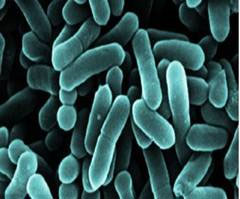
Testing Methods for Listeria
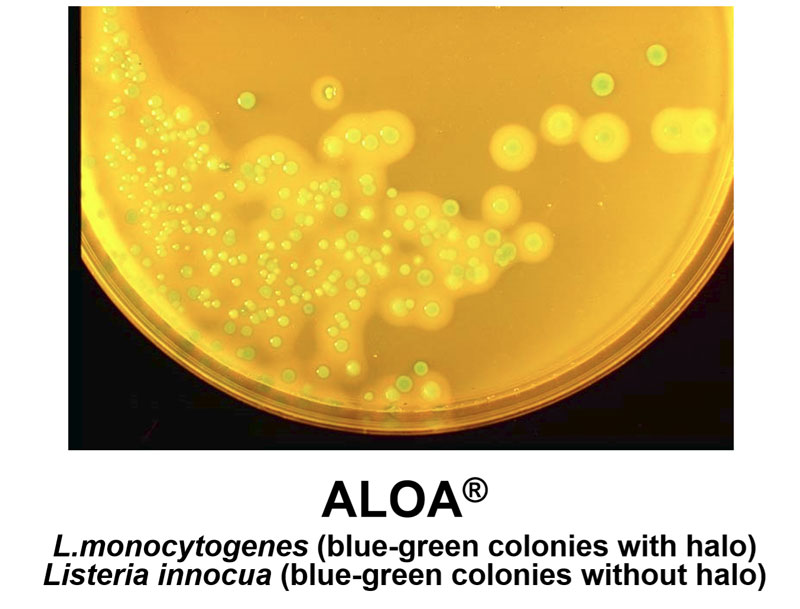
Biolife ALOA is an acronym for Agar Listeria according to Ottaviani and Agosti. It is complete with selective and differential medium for the isolation of Listeria spp. from L. monocytogenes. The selectivity of the medium is due to the presence of lithium chloride, ceftazidime, nalidixic acid and cycloheximide. The differential ability comes from the action of substrate L-phosphatidylinositol to enzyme phospholipase C. Studies show it is superior to PALCAM and Oxford media and other chromogenic agar.
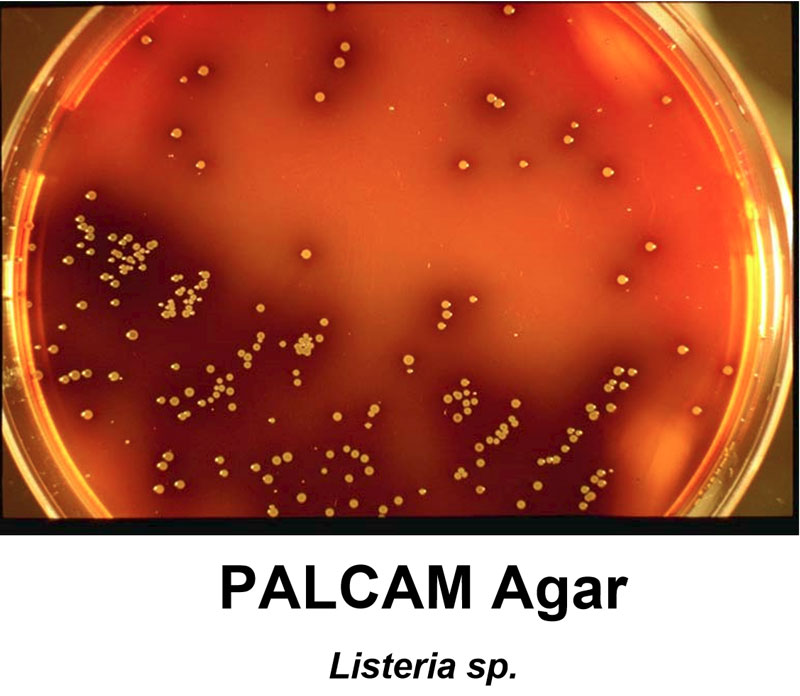
Biolife PALCAM Agar is for the selective plating of Listeria spp. and L. mono in food. The peptones favor the growth of Listeria. Esculin is hydrolysed by listeria to glucose and esculetin, the latter forming black complex with ferric ions. The fermentation of mannitol by contaminating bacteria that may grow causes phenol red to turn yellow. PALCAM Agar is considered better than Oxford medium.
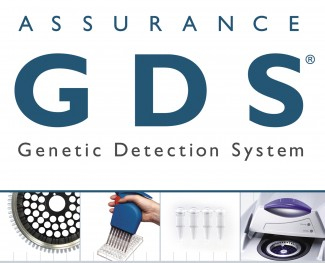
Biocontrol GDS PCR System for Listeria
This is a PCR system for accurate, rapid identification of Listeria. The system uses multiple layers of specificity including pick pen for removing matrix interference, highly specific primers and a patented MGB eclipse probe. GDS assays have AOAC, MICROVAL validation. Results are available in 24 hours for environmental samples and 32 hours for food sample. Single enrichment step saves time. Listeria spp. and L. mono can be detected.
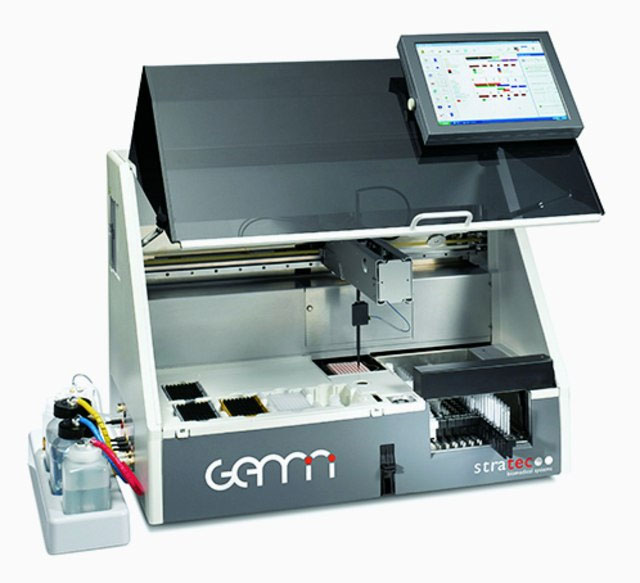
Immunoassay Technology is a high throughput method that can overcome the differential bacterial detection. Extensive AOAC and AGNOR validation along with built in positive and negative controls provide users with confidence in results. The test is carried out in microtiter plates. Walk away automation is provided with the gemini system. Single step enrichment uses demi fraser broth. Results in 48 hours for environmental and food matrix.
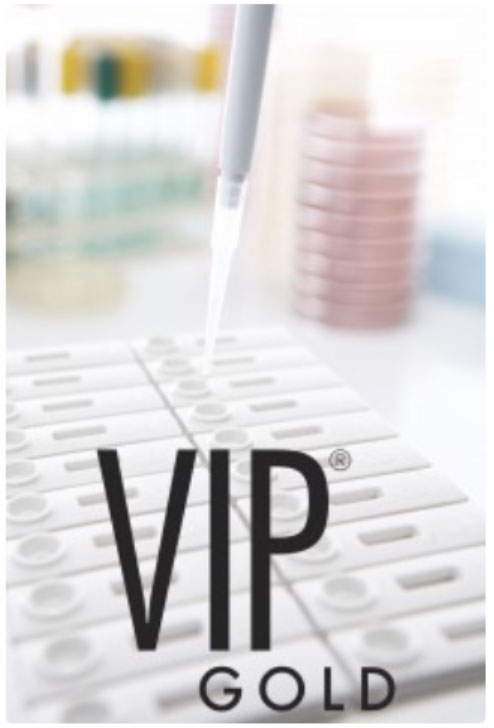
Biocontrol VIP Gold is a lateral flow immunoassay for detection of salmonella. Enriched sample is added to a window are combined with gold colloid particles specific to the target and then draws across a nitrocellulose membrane. If the salmonella is present, it is captured and bound to the colored particles to form a line. The remaining particles continue to flow upwards to form a control line. It is a simple user friendly for low and medium volume users. It uses a demi Fraser broth, single enrichment step. It is an AOAC OMA, Health Canada MFLP-34 approved.
LEARN MORE
Reach Us Today

We provide the best services about science.
About Company
Sitemap
Please contact our friendly sales staff for more information.
Feel free to ask us questions. We would love to assist you !
